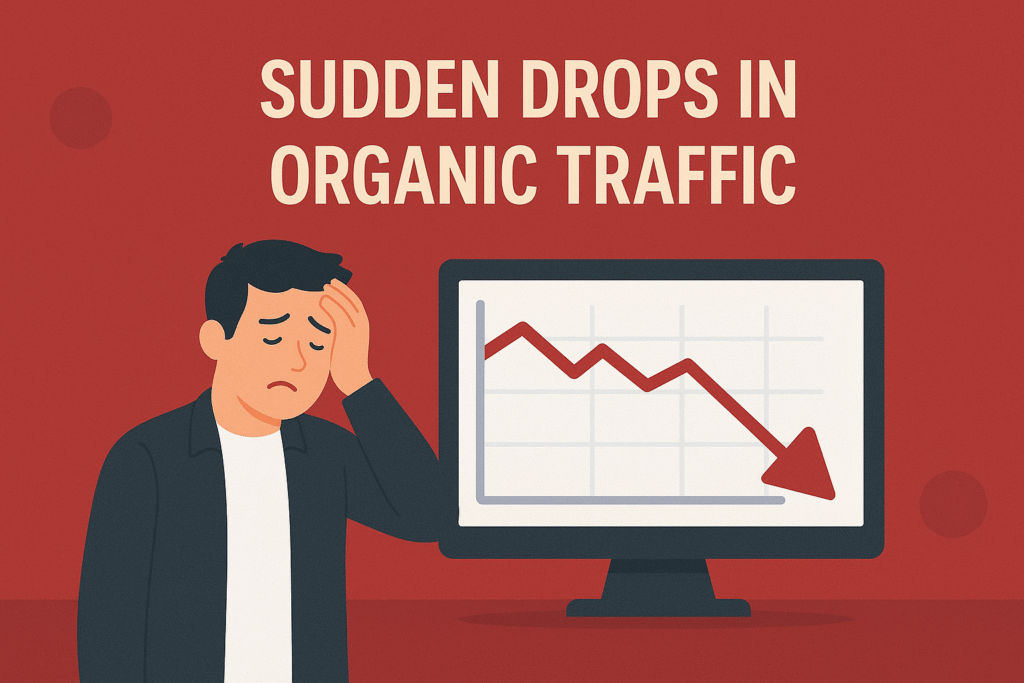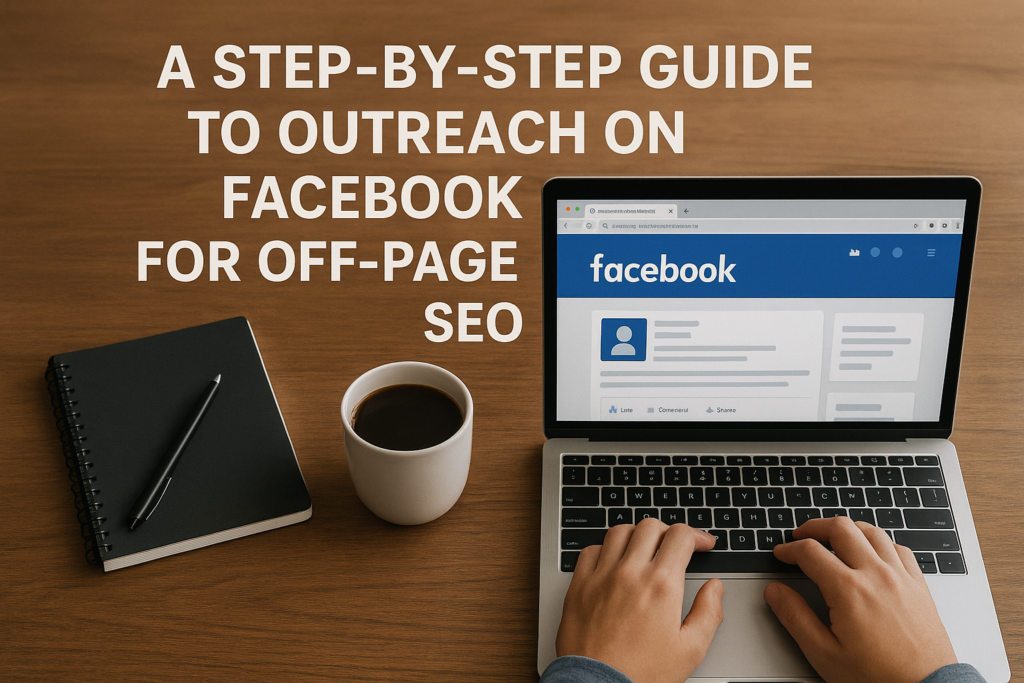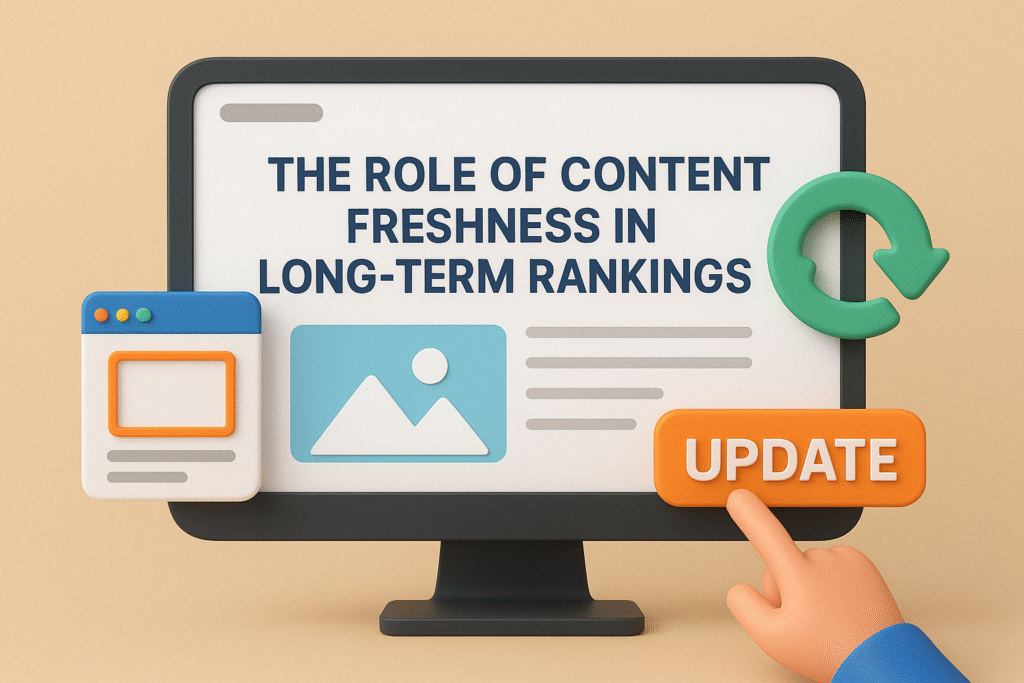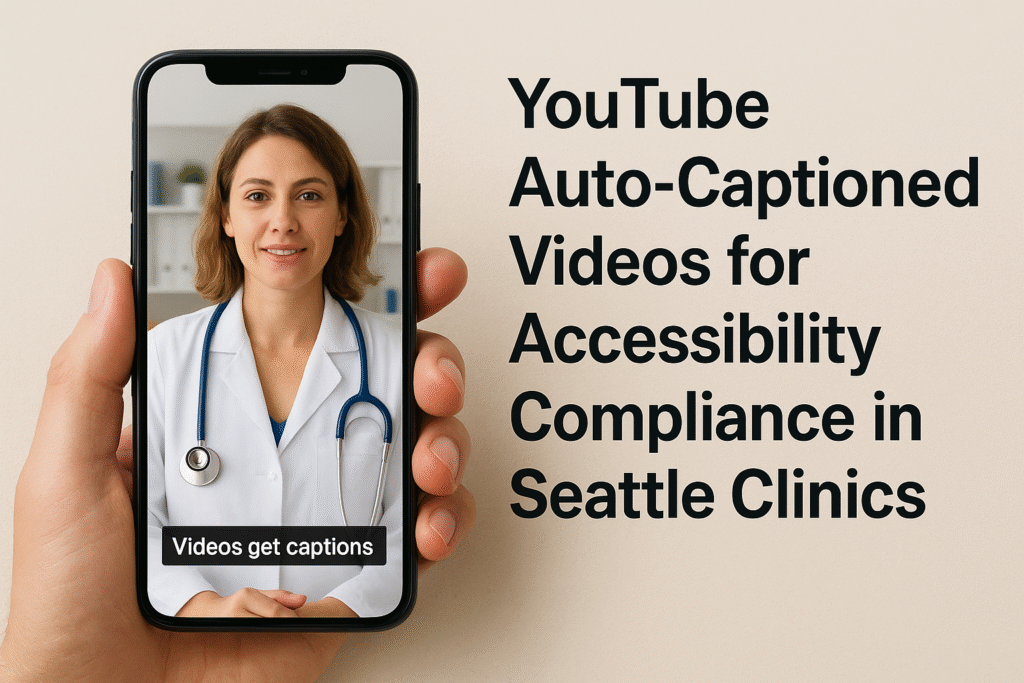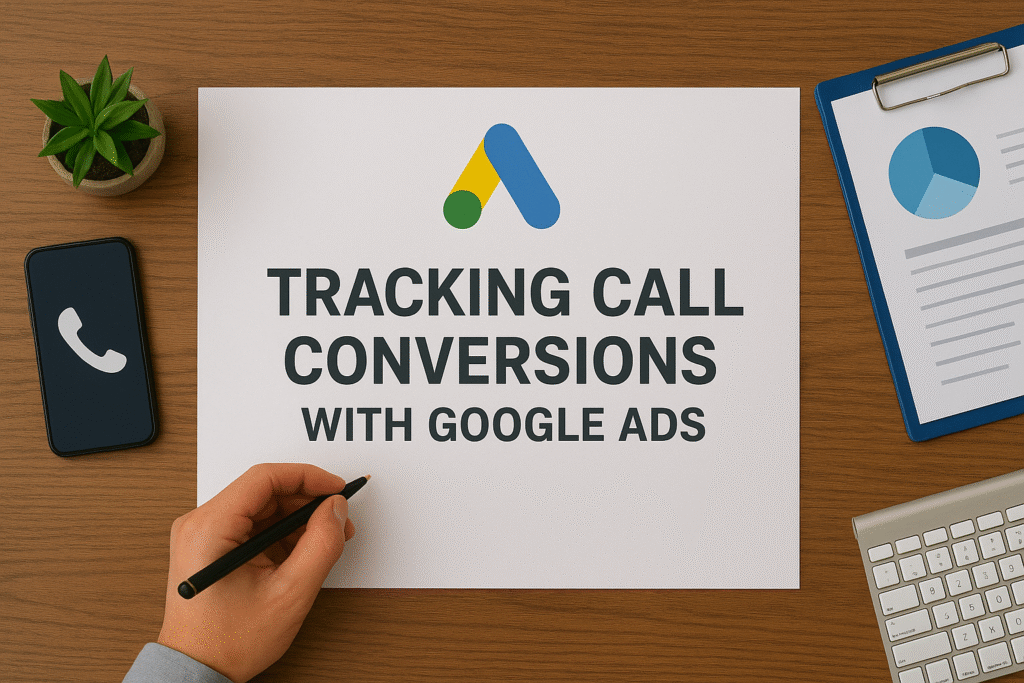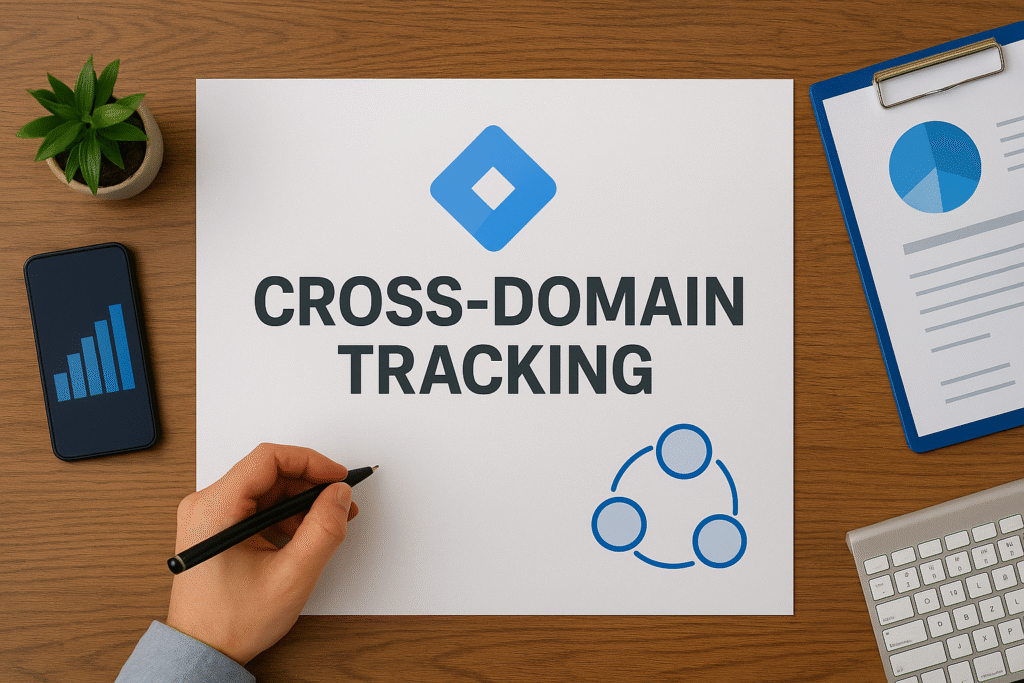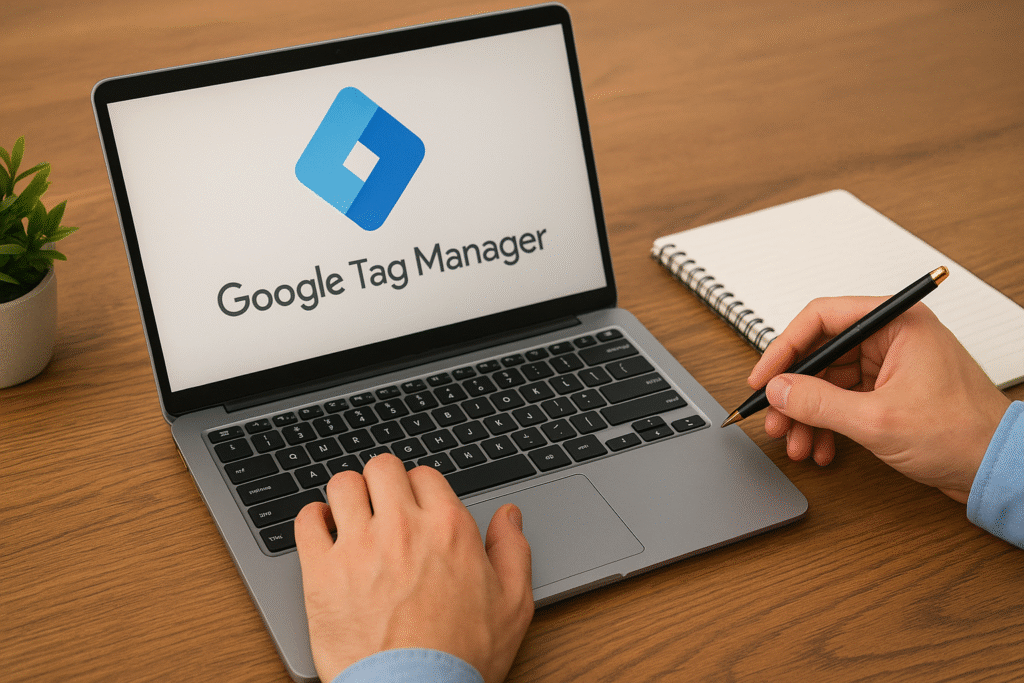There’s nothing quite as panic-inducing as logging into your analytics dashboard and seeing a sharp, unexplained dip. I’ve been there — more than once. And I can tell you, whether you’re managing a personal brand site or a large content platform, sudden organic traffic drops are a wake-up call that something, somewhere, has shifted.
“According to a 2023 Semrush report, over 58% of SEO professionals experience unexplained traffic declines at least once per year.” (Semrush)

In this post, I’ll share exactly how I diagnose and recover from these dips — using a step-by-step playbook I’ve refined over years of hands-on SEO work.
Step 1: Don’t Panic — Verify the Drop
Before you start tearing apart your website, take a breath. Sometimes the problem isn’t as serious as it looks.
Here’s what I check first:
- Compare organic traffic in Google Analytics over 7, 14, and 28-day periods
- Switch from “All Users” to “Organic Traffic” to isolate the source
- Check for tracking issues in Google Tag Manager or plugin updates (especially with WordPress or Shopify)
“Pro Tip: Sometimes a drop isn’t traffic loss — it’s a data tracking issue. Always check analytics and tag setups first.”
Step 2: Check for Google Algorithm Updates
I immediately head to Google Search Status Dashboard and Search Engine Roundtable to see if a core update or volatility spike was reported.
If the drop aligns with a known update, you’re likely dealing with a shift in how your content is being evaluated (E-E-A-T, helpful content, link spam, etc.).
“Sites affected by core updates often see a 30–50% traffic fluctuation, depending on content quality and topical authority.” (Search Engine Journal)
Step 3: Diagnose Keyword & Ranking Changes
I plug the domain into Ahrefs or SEMrush and check:
- Which keywords lost rankings
- Which pages dropped (home, blog, product, etc.)
- Whether your competitors gained rankings in those SERPs
I always compare the top 10 rankings pre-drop vs. post-drop. Often, it’s just one or two high-traffic keywords that took a hit.
“Pro Tip: Losing rankings for just one or two high-volume keywords can slash traffic by thousands overnight.”
Step 4: Audit for Technical Errors
Once I confirm it’s not an algo or keyword shift, I run a full technical audit using Screaming Frog and Google Search Console:
- Look for crawl errors (404s, redirect chains, broken internal links)
- Check indexation status and page removals
- Review robots.txt and canonical tags
- Confirm XML sitemaps are submitting updated pages
If a developer recently pushed a site update or migration, this step becomes even more critical.
“In my experience, 1 in 4 organic traffic drops on large sites is due to accidental noindex tags or broken redirect rules.”
Step 5: Content Quality & Relevance Review
Google updates have made one thing clear: quality matters. I manually review pages that lost traffic using these criteria:
- Does the page meet current search intent?
- Is it thin, outdated, or repetitive?
- Are internal links pointing to it?
- Is it better than what’s now ranking?
I use Surfer SEO or Clearscope to run comparative content analysis.
If the page is weak, I either:
- Refresh and expand it with new data
- Consolidate it with similar content
- Redirect it to a stronger URL
“Pro Tip: Refreshing old content can revive up to 60% of lost traffic in less than 30 days.” (Content Marketing Institute)
Step 6: Review Backlinks and Off-Page Signals
A drop in traffic can also result from lost backlinks or toxic link signals. I use Moz Link Explorer and Ahrefs:
- Identify lost backlinks over the past 90 days
- Check anchor text profile for over-optimization
- Disavow spammy or irrelevant links if necessary
If a high-authority link was removed or a brand mention was redirected, that can cause a noticeable ranking loss.
“Sites that lose 10+ high-DR backlinks in a short period often experience a 20–35% organic decline.” (Authority Hacker)
Step 7: Rebuild — Don’t Wait
The key to recovery is speed. Once I’ve identified the root causes, I build a 30-day recovery plan. It usually includes:
- Re-optimizing priority pages
- Fixing any technical issues
- Republishing refreshed content
- Building new backlinks to authority pages
Then I track progress weekly using Google Looker Studio and internal benchmarks.
“Pro Tip: Don’t just fix — improve. Use traffic drops as an opportunity to make your site stronger than before.”
My Toolkit for Traffic Recovery
Here are the tools I rely on to respond fast:
Final Thoughts
Sudden organic traffic drops aren’t fun — but they’re fixable. I’ve gone through enough of them now to know that the real power lies in diagnosis and response.
Every drop is a message from Google, your audience, or your infrastructure. If you learn to read it, you’ll not only recover — you’ll grow stronger.
“Pro Tip: Treat traffic drops as a signal, not a setback. They often point to exactly where your site needs improvement.”
If you want to see the full framework I use to analyze traffic volatility and SEO health, check out my full SEO crisis audit guide — it’s the exact method I apply for client recoveries.

